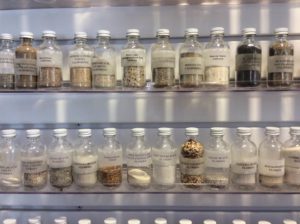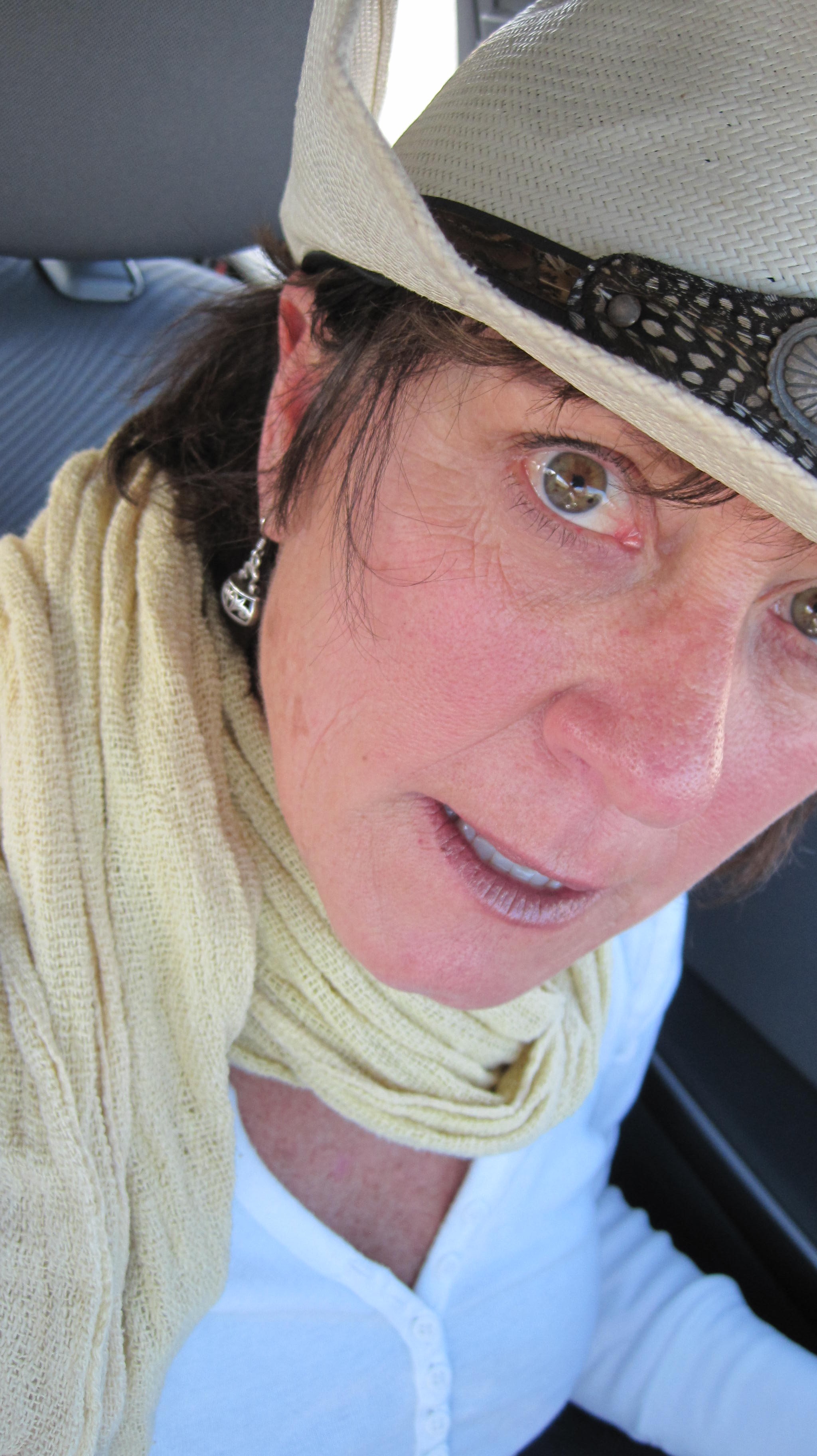 It wasn’t my mother; my mother doesn’t watch soap operas.
It wasn’t my mother; my mother doesn’t watch soap operas.
Maybe it was the woman who came over to iron and babysit some afternoons or the mother of one of my friends. The soap opera was “Days of Our Lives.” Even though it was about pretty grownups in shiny clothes doing mean things to each other, it wasn’t the show that mesmerized me; it was the opening.
A shot of an hourglass fills the screen. It is in a wooden holder that resembles a temple, and it sits on a tabletop. Blue skies and puffy clouds embellish the sky behind the hourglass. As a bell tings, vaguely ominous tick tock music plays, suggesting the melodrama ahead. Days of Our Lives appears onscreen as the camera slowly zooms in toward the pinched waistline of the hourglass. And then the mature male voiceover: “Like sands through the hourglass, so are the days of our lives.”
Sand falls in a thin and fluid stream from one big bulb into the next. As I linked the concepts, the pulleys and levers in my brain whirred, and I digested a dense and magical notion for my child’s brain. Sand can be sand, but sand can also be a way to understand time. Metaphor turned on its first light inside me.
Metaphor unstuck sand from the literal and showed me one of its secret other lives. Ideas and words were no longer fixed. This aha was the beginning of a lifetime of knowing language as elastic, mutable and mine for the molding.
Sand taught me metaphor.
+ + +
David Owen taught me that sand is disappearing.
In the May 29, 2017, issue of The New Yorker, Owen writes that sand’s fancy name is aggregate. In a contest for size, sand would beat silt but be bested by gravel. Sand is used to make wineglasses, cellphone screens, molds for manhole covers, fracking fissures, swimming pools and window panes. And it’s being gobbled up by the companies who make asphalt and concrete, the governments building highways. And then there are all of those beach volleyball players around the world kicking up sand as if it grew on trees.
Sand has become such a prized commodity it’s encouraged a new strain of criminal. “In India, commercially useful sand is now so scarce that markets for sand are dominated by ‘sand mafias’—criminal enterprises that sell material taken illegally from rivers and other sources, sometimes killing to safeguard their deposits,” Owen writes.
Sand mafia. I now live in a world where this is a thing.
In my word association game, sand is never coupled with mafia. Sand conjures White Sands National Monument in neighboring New Mexico, where Brad Pitt somersaults in a photo shoot for the summer 2017 issue of GQ Style. The gypsum that constitutes the sand there squeals as you drag your feet across it. It helps defy the gravity you assume is lost when you step onto sand.
Sand conjures Coral Pink Sand Dunes State Park in southern Utah. Eroded sandstone, filed away by wind and time and water, creates the hyper-saturated orange sand dunes and hills. Near constant winds reform the sand, pushing the dunes up to 50 feet in a year.
Sand conjures the South Florida beaches and islands where I grew up. I’ve lived on three barrier islands. All are manmade and entangled in a tug-of-war with erosion and replenishment. On an eight-block stretch of Miami Beach near my mother’s home, 285,000 tons of sand was shipped in from a central Florida quarry to re-nourish the dwindling beachfront last year. The bill: $12 million. That is $1.5 million per block. For sand.
And then came Hurricane Irma. And there went the sand.
Sand tries to teach one of the central tenets of Buddhism: Nothing is permanent.
+ + +
I drove from Flagstaff to Miami Beach in August and spent eight days motoring across America.
After I spent the night in my aunt’s house in Mobile, Alabama, I beelined to the Florida state line.
I was giddy with the approaching finish line of my road trip. I felt free and anonymous and homesick for a place that helped form me.
It was a Saturday, muggy and hot. I pulled into a gas station to put on my bathing suit beneath my shorts and T-shirt. I drank a beer in the parking lot. I felt reckless and alive and unneeded in the adult world. All I wanted was to swim in the Gulf of Mexico, eat a fish sandwich in some roadside joint and have sand stuck to my salty skin.
Sand is the confetti of my childhood. I wanted to feel 9 or 10. Sand can sometimes take me there.
When I finished my trip I took my car in to be serviced. As I handed the keys to the guy at the shop, he asked if I would like the car to be vacuumed. “We can go after all that sand you have there,” he said.
Don’t, I answered. I want it to stay with me just a little while longer.

